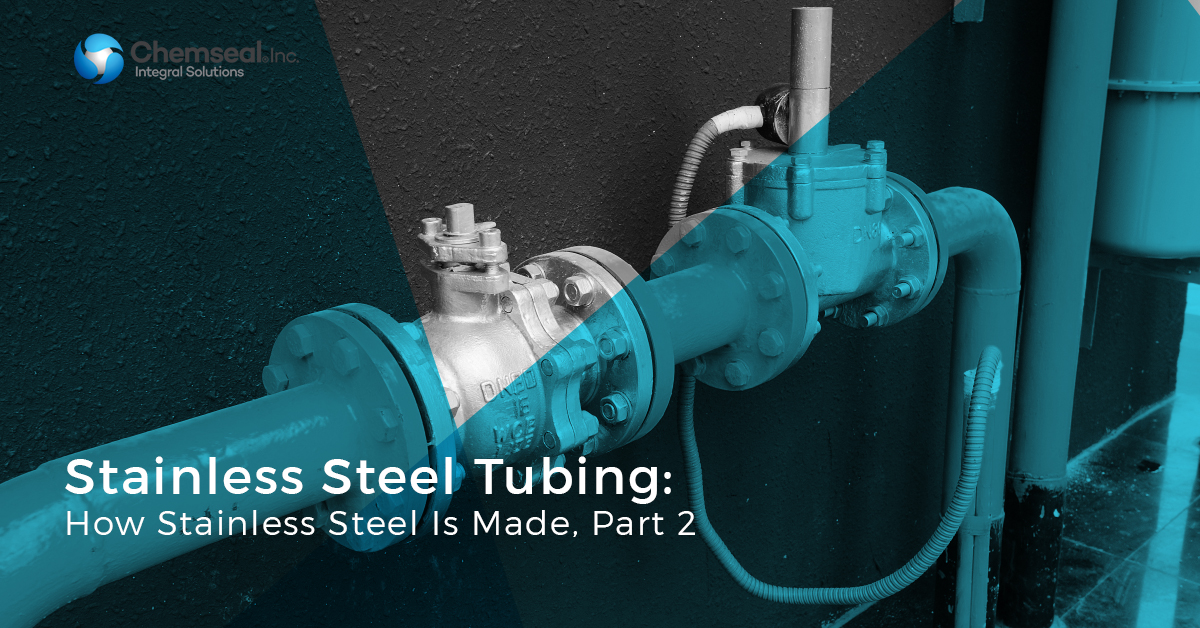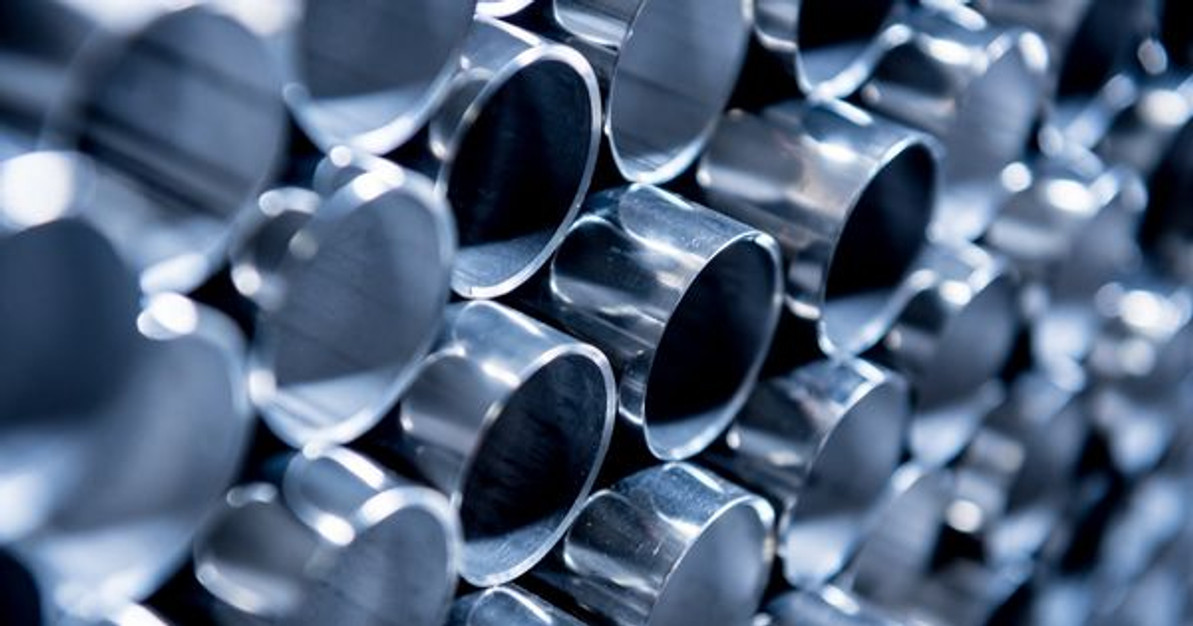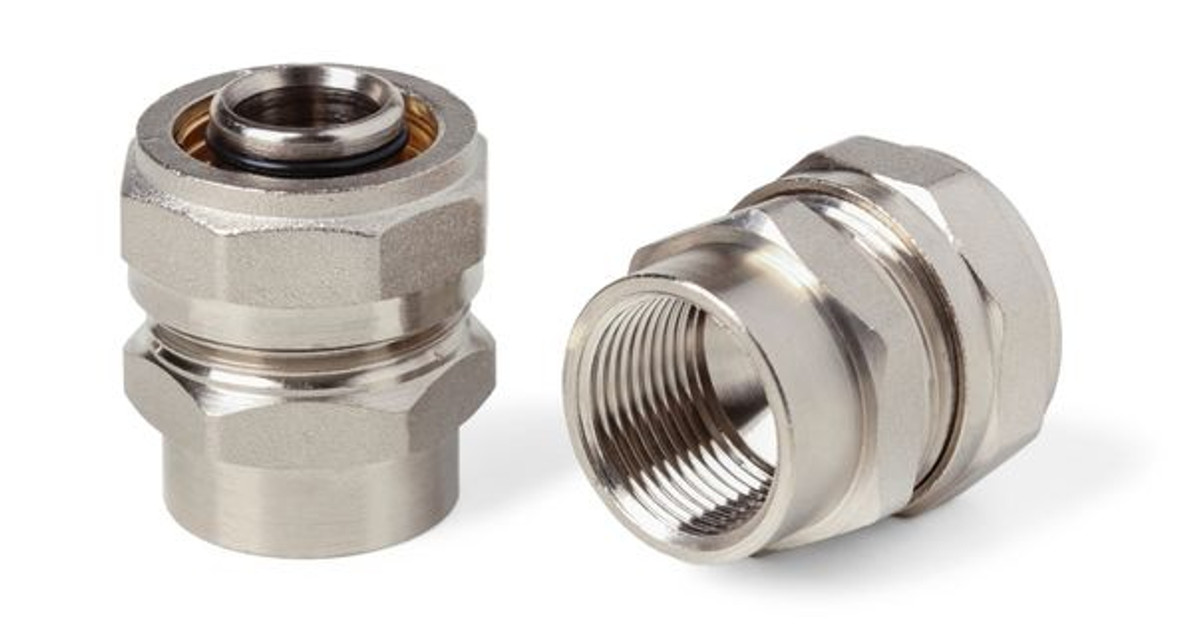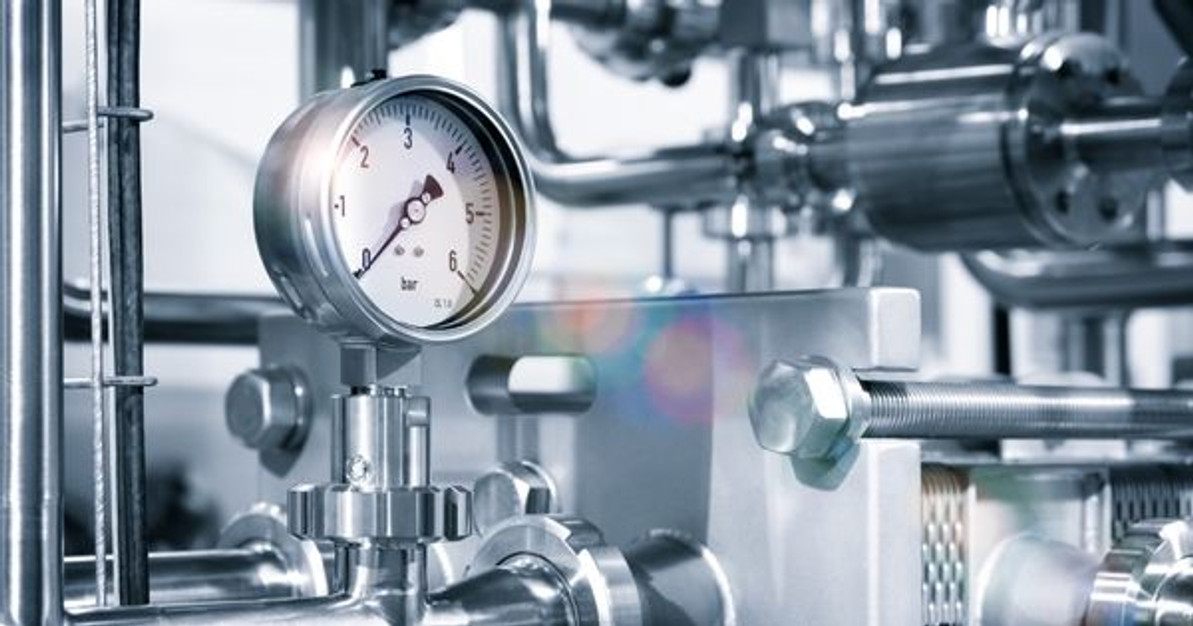 Jun 30th 2017
Jun 30th 2017 Stainless Steel Sanitary Valves: How Stainless Steel Is Made, Part 2

What would the modern world look like without the advent of stainless steel? As one of the most hygienic and corrosion-fighting metal composites out there, stainless steel is an invaluable material that serves countless industries and companies around the world. In our previous blog post, we touched on some of the conceptual basics about how stainless steel is made and what materials are required to produce good-quality, durable and long-lasting stainless steel. When stainless steel is used for hygienic fluid operations - something that we specialize in here at Chemseal - the resulting product must be of the highest quality.
In today’s blog post, we’re going to continue touching on some more of the details in regard to the manufacturing process of stainless steel. To shop any of Chemseal’s sanitary stainless steel valves and integral solutions such as our sanitary butterfly valve, stainless steel ball valves or sanitary check valve, visit here, or read on to learn more about the manufacturing process of stainless steel. Let’s take a deeper look.
Forming Stainless Steel
After stainless steel is melted for eight to 12 hours in intense heat and then casted, it then goes into the forming process. The forming process begins with hot rolling, which involves the steel being heated (yet again) and then passed through massive rollers. Blooms and billets, or different thicknesses of raw stainless steel, are formed into bar and wire metal, while slabs are formed into plate, strip, and sheet metal.
More Heat Application: Heat Treatment
After the basic stainless steel has been formed, most types must go through an annealing step. Annealing is a heat treatment that involves the steel material being heated and cooled under certain controlled conditions to relieve internal stresses, and also to soften the metal. Sometimes, certain metals are heat treated to give them a higher strength - using heat treatment to strengthen metal is also known as age hardening. Age hardening is no walk in the park, as it requires careful control for even small changes from the recommended temperature, time, or cooling rate can seriously affect the properties of the metal.
While the heating rate to reach the proper aging temperature does not usually affect the properties of the metal, the cooling rate definitely affects this. A post-aging quenching treatment, or rapid cooling, can increase the toughness of the metal without a significant loss in strength.
Overall, the type of heat treatment depends on the type of steel being created, whether it’s austenitic, ferritic, or martensitic. For example, austenitic steels are heated to above 1900 degrees Fahrenheit, and water quenching is used for the thicker sections, whereas air conditioning or air blasting is used for the thinner sections. If cooled down too slowly carbide precipitation can occur, which is extremely harmful and carefully avoided.
Descaling
The annealing process can result in a scale, or build-up to form on the surface of the steel. One of the most common methods to address this problem is called pickling, which uses a nitric-hydrofluoric acid bath to descale the steel. Another method, electrocleaning, involves an electric current that is applied to the surface of the metal using a cathode and phosphoric acid.
Typically, the descaling steps occur at different stages depending on the type and thickness of the steel being worked on. After cold rolling, or passing through rolls at a relatively low temperature and further reducing the thickness of the steel, sheet and strip metals are annealed and descaled once again to ensure quality and longevity. A final cold rolling step is then done to prepare the steel for final processing.
Cutting
Logically, precise cutting operations are required to obtain the desired shape or size of the metal material. There are a variety of mechanical cutting methods that are frequently used:
- Straight shearing using guillotine knives
- Circle shearing using circular knives that are horizontally and vertically positioned
- Sawing using high speed steel blades
- Blanking using metal punches and dies
- Nibbling using a series of overlapping holes to create irregular shapes
Quality Control
While in-process control during the manufacture and fabrication of stainless steel is a good thing, stainless steels must also meet strict specifications developed by the American Society for Testing and Materials, or ASTM. Various criteria for determining the quality of stainless steel includes toughness, corrosion, and resistance. Metallography can also sometimes be correlated to corrosion tests in order to help monitor the quality of the stainless steel.
Order Your Very Own Stainless Steel Valves Today!
Now that you’ve learned a little bit more about how raw metallic elements are crafted into the ever-practical stainless steel, your renewed appreciation of this versatile material should lead you to our fine sanitary stainless steel components here at Chemseal. Shop our various integral solutions including our sanitary ball valves, sanitary butterfly valves and sanitary check valves today!
 Jun 30th 2017
Jun 30th 2017 Recent Posts
-
Nov 7th 2022
What Is Food-Grade Stainless Steel Tubing?
Businesses that produce food and beverage products must operate hygienically. Sterile environments a …Nov 7th 2022
-
Oct 11th 2022
Why Sanitary Fittings Are Important for the Medical Industry
Sanitary fittings are useful for many industries. Food and beverage manufacturers have used these to …Oct 11th 2022
-
Sep 23rd 2022
What Is the Max Operating Temperature for Stainless Steel?
Stainless steel is valued in many industrial applications because it’s capable of withstanding high …Sep 23rd 2022





